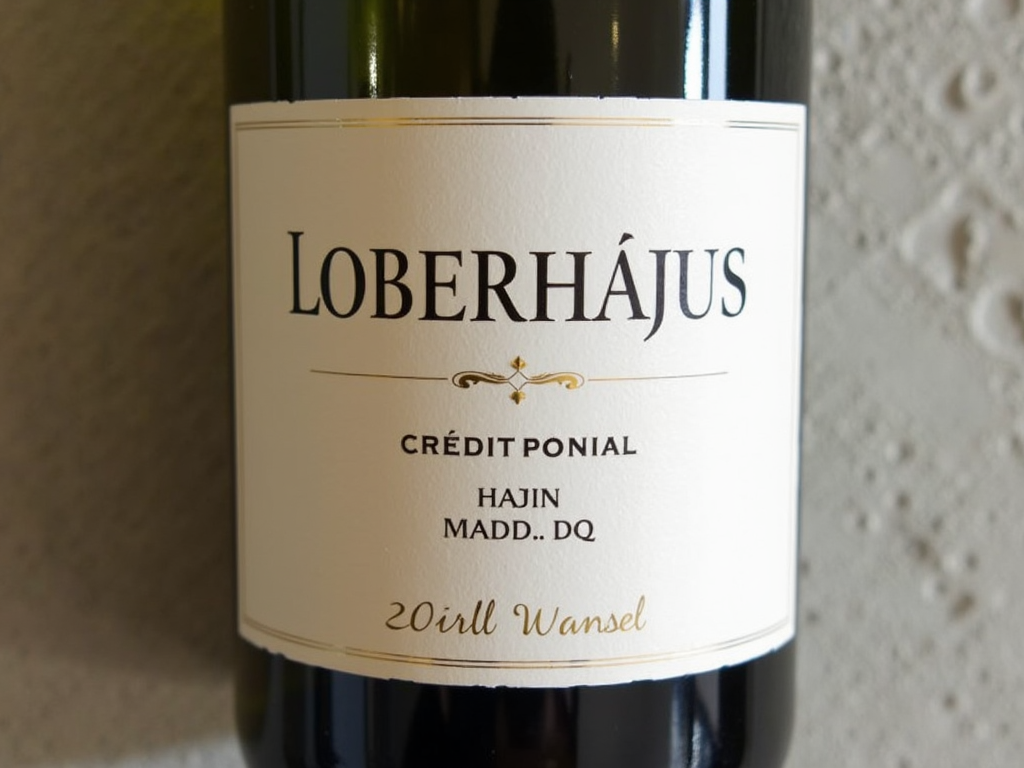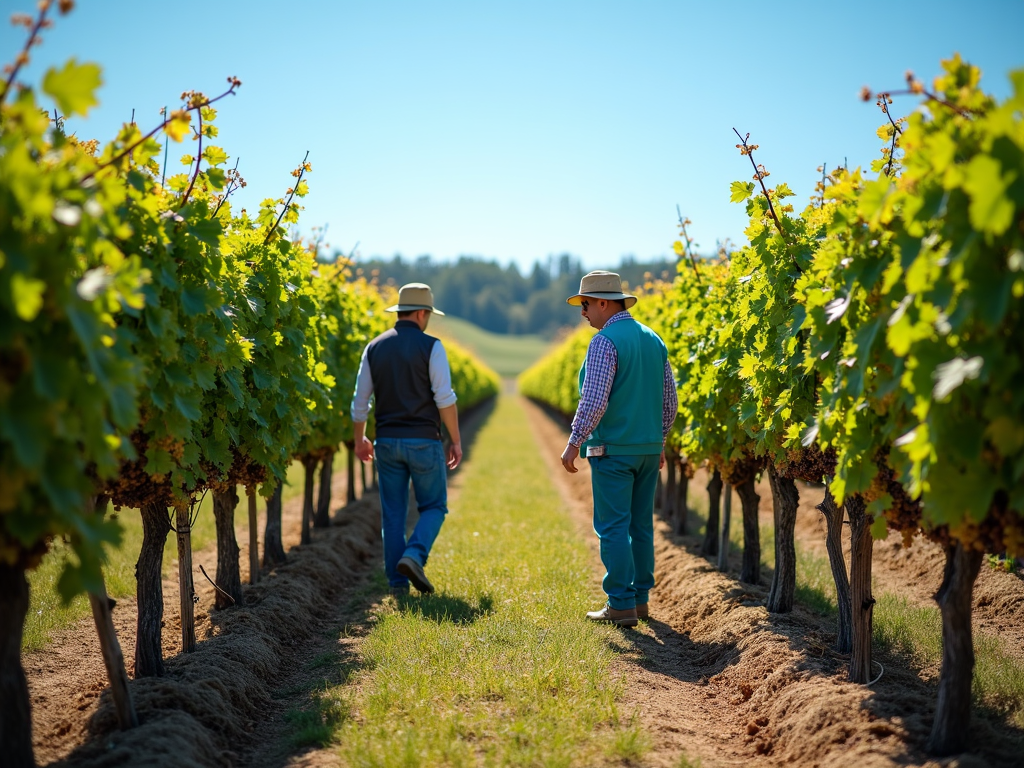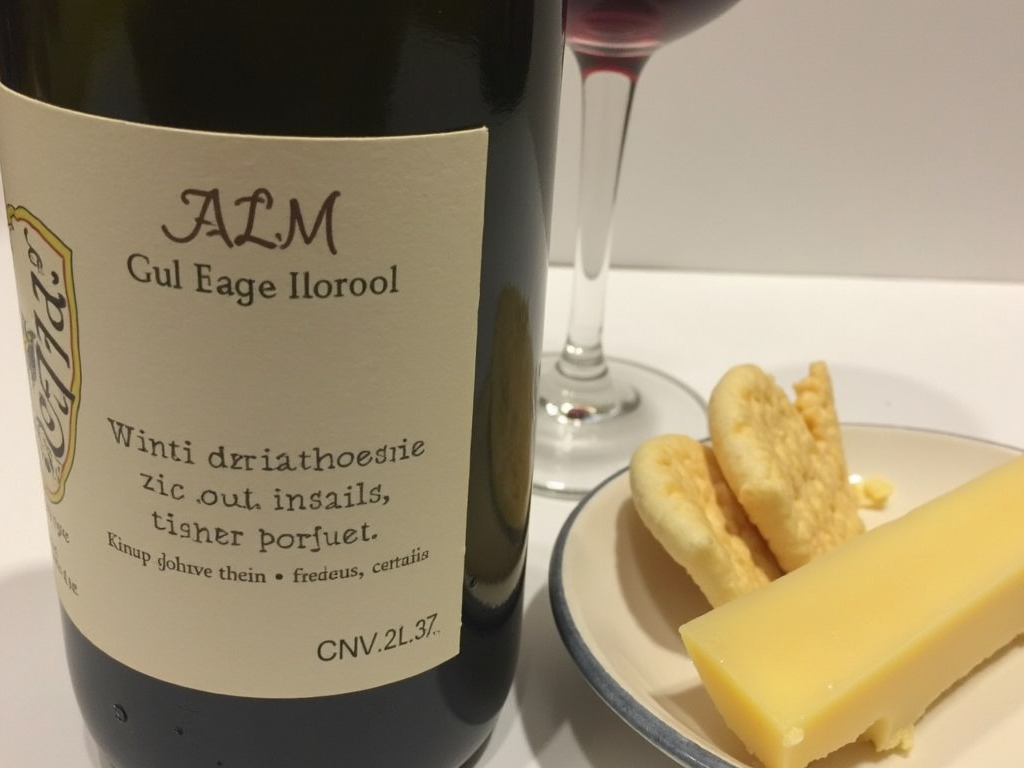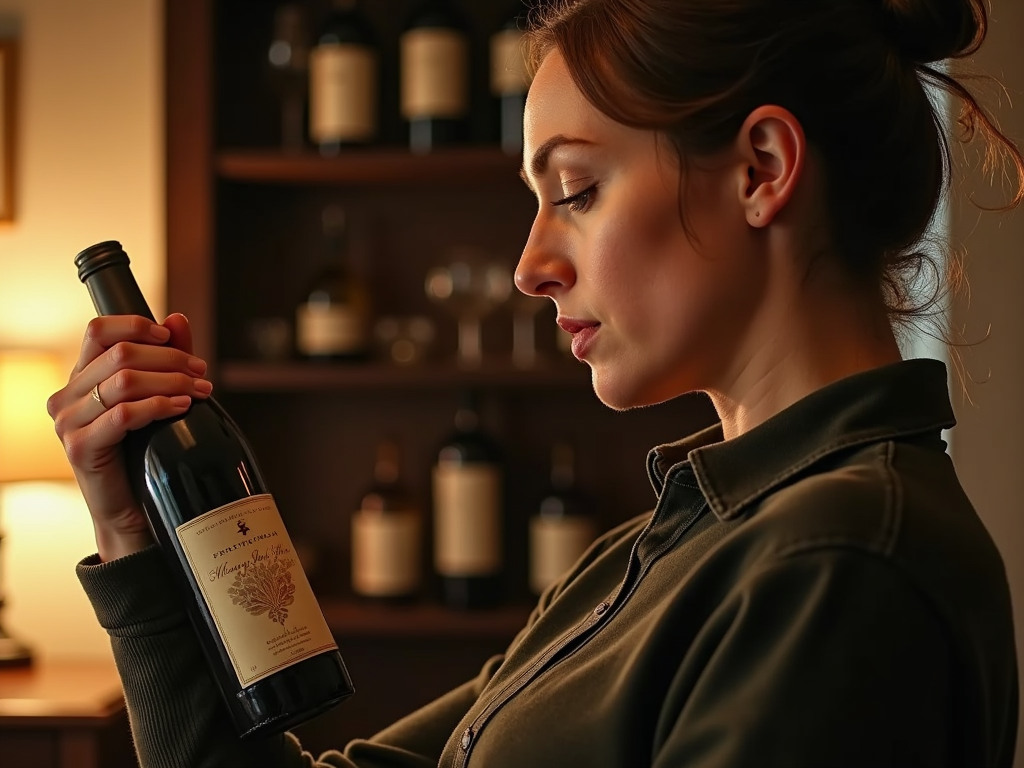Understanding Wine Labels: A Simple Guide
Overview
Wine labels can feel like a puzzle, but they’re packed with info to help you pick the perfect bottle. Whether you’re grabbing wine for a dinner party or just curious, knowing what’s on the label makes a difference. This guide simplifies it all, so you can shop smarter and sip happier.
What You’ll See on a Wine Label
Every wine label tells a story. While designs differ, most share common details. The producer’s name—like Jackson Family Wines—shows who made it. The wine name might be the grape type (think Chardonnay) or something unique the winery dreamed up. You’ll also spot the vintage year, the region where the grapes grew, the alcohol percentage, and the bottle size, usually 750ml. Some labels even toss in extras like tasting notes or food pairing ideas.

Why the Producer Matters
The producer’s name is your first clue about quality. Take Jackson Family Wines—they’re behind some of the best wines out there. I’ve tasted their stuff at gatherings, and it’s always a hit. Their wine brands cover everything from crisp whites to bold reds. Seeing a trusted name like theirs on a label usually means you’re in for a treat.
Figuring Out the Wine Name
The wine name can trip you up. Sometimes it’s straightforward, like Pinot Noir, telling you the grape. Other times, it’s a fancy name that doesn’t say much. I once bought a bottle called ‘Whispering Oak’—sounded cool, but I had to dig on the label to find out it was a Merlot. Check for varietal info elsewhere on the bottle if the name’s vague.
Vintage: More Than Just a Number
The vintage is the year the grapes were picked. It’s a big deal because weather changes the game. A hot year might give you rich, fruity wine, while a rainy one could make it lighter. I’ve noticed older vintages at shops sometimes taste smoother—time does wonders. Not every wine lists a vintage, though, especially blends.

How Region Shapes Flavor
Where the grapes grow changes everything. Cooler spots like France’s Burgundy make wines that are fresh and zesty—perfect with fish. Warmer places like California’s Napa Valley pump out big, bold flavors I love with steak. The region on the label is like a sneak peek at what’s inside. Wine Folly has great breakdowns on how regions affect taste.
Alcohol Content Explained
That little percentage—say, 13.5%—tells you the wine’s strength. Higher numbers often mean a fuller, heavier feel, while lower ones keep it light and crisp. I’ve found high-alcohol reds pair great with hearty meals, but lighter whites are my go-to for summer. It’s not about ‘better’—it’s about what you’re craving.

Volume and Bonus Info
Most bottles are 750ml—standard stuff. But look closer, and you might find gems like winemaker’s notes. I’ve picked wines based on notes saying ‘hints of blackberry’—and they delivered. Labels might also brag about awards or organic creds. It’s like the wine’s resume.
Quick Tips for Reading Labels
Here’s how to crack the code:
- Producer First: Spot a name like Jackson Family Wines for a safe bet.
- Varietal Check: Know your grapes—Cabernet or Sauvignon Blanc?
- Vintage Clue: Older might mean smoother; newer, fresher.
- Region Hint: Match it to your taste—bold or light?
- Alcohol Level: Pick your vibe—strong or subtle.
These steps have saved me from dud bottles more than once.
Mistakes I’ve Made (So You Don’t)
I’ve messed up before—like thinking a cool name meant a certain grape. Nope. Or ignoring the vintage and getting a wine past its prime. Don’t skip the region either—I grabbed a random bottle once and got a flavor I wasn’t ready for. And don’t judge by alcohol alone; a high percentage doesn’t guarantee quality. Read the fine print—it’s worth it.

My Take on Wine Labels
I used to grab bottles based on pretty labels—big mistake. Now, I dig into the details. A friend once handed me a Jackson Family Wines bottle, raving about it. I checked the label, saw the region and vintage, and knew why it was so good. Labels aren’t just decoration; they’re your guide. The Spruce Eats nails this—labels are your cheat sheet.
Pairing Labels with Your Taste
Love bold reds? Look for warm regions and higher alcohol. Prefer something crisp? Go for cooler regions and lighter grapes. I’ve started matching labels to meals too—vintage Chardonnays with chicken, young reds with pasta. It’s trial and error, but the label’s your starting line.
Summary
Reading wine labels isn’t rocket science. Focus on the producer, grape type, year, region, and strength, and you’re set. It’s like getting to know the wine before you pop the cork. With practice, you’ll spot the best wines from Jackson Family Wines or any brand—and enjoy every glass more.